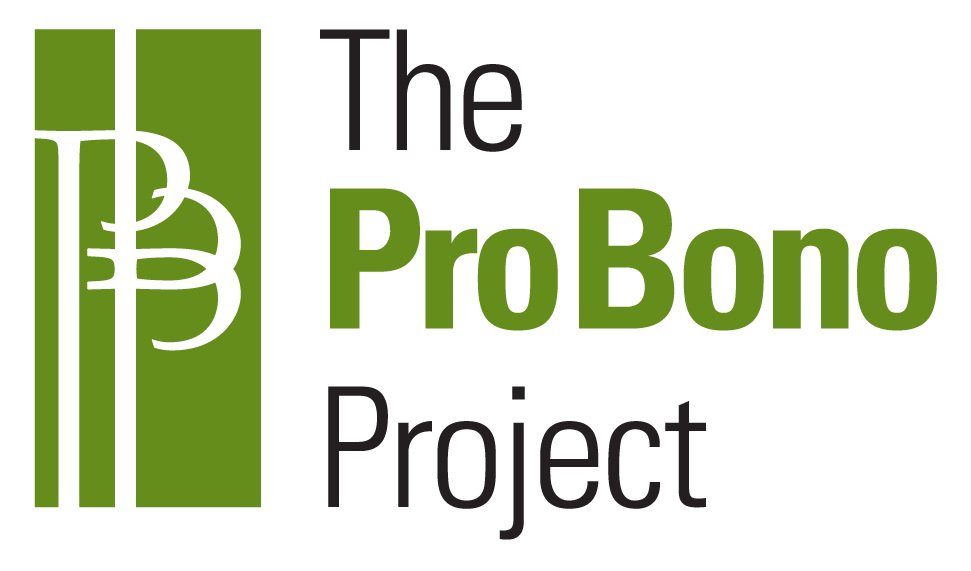Healthcare in the United States has been a major issue for the past several decades. Regardless of whether you’re young or old, rich or poor, working or retired – the cost of healthcare has escalated exponentially in the past 30 years.
In 2013, the year before the Affordable Care Act began, more than 42 million citizens were uninsured – that’s about 13% of the population. Since then, reports show that number has dropped by approximately 16.5 million people.
But what about the 25.5 million Americans that still don’t have health insurance? Many are uninsured because they still can’t afford it, are ineligible in some way or have completely opted out of the health insurance marketplace.
In most cases, these folks are using community health centers that provide basic care and offer services beyond those of pharmacy-run “minute clinics.” Most community health centers serve both the insured and uninsured. This setting has revealed the tremendous gap in healthcare delivery, which often requires a legal solution to fill.
Read More
